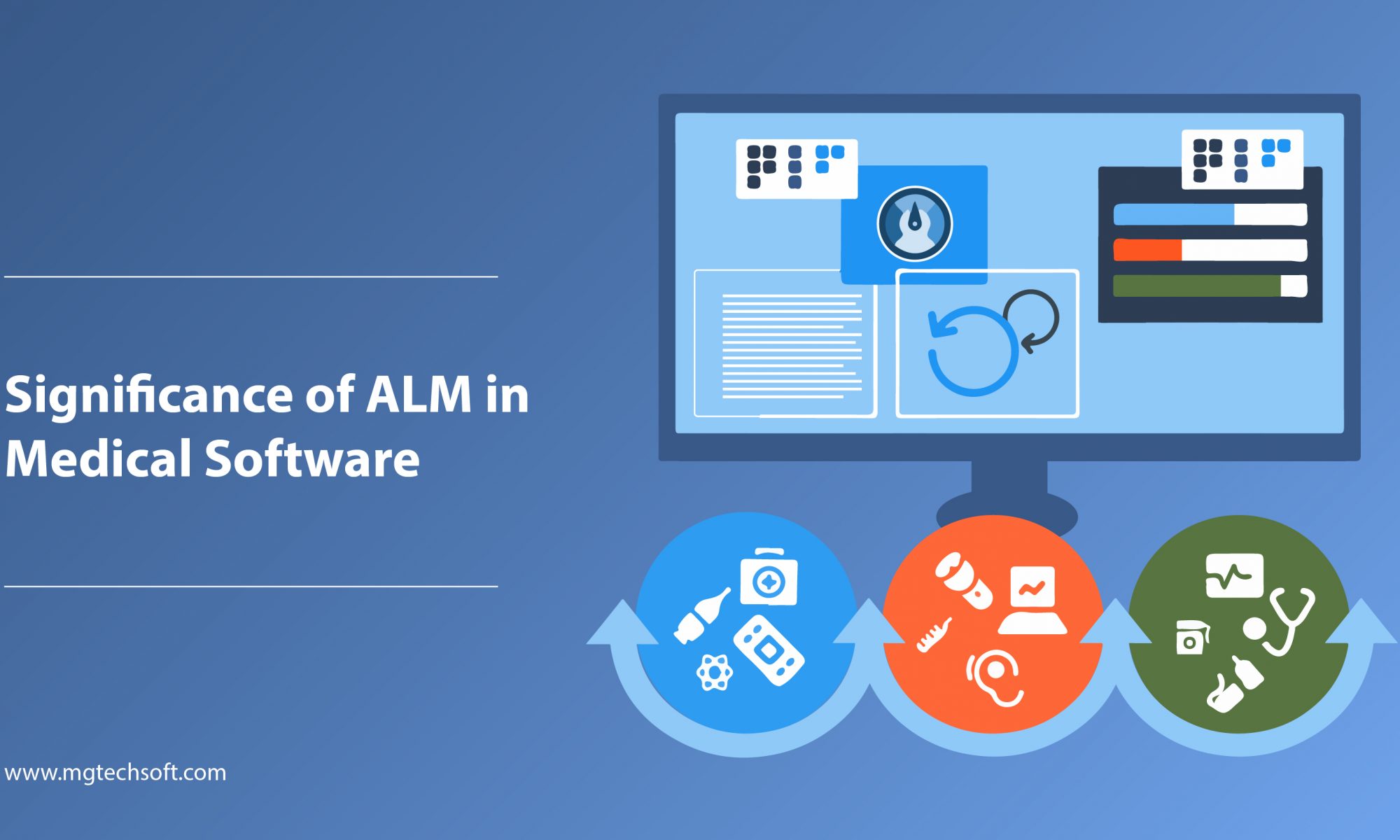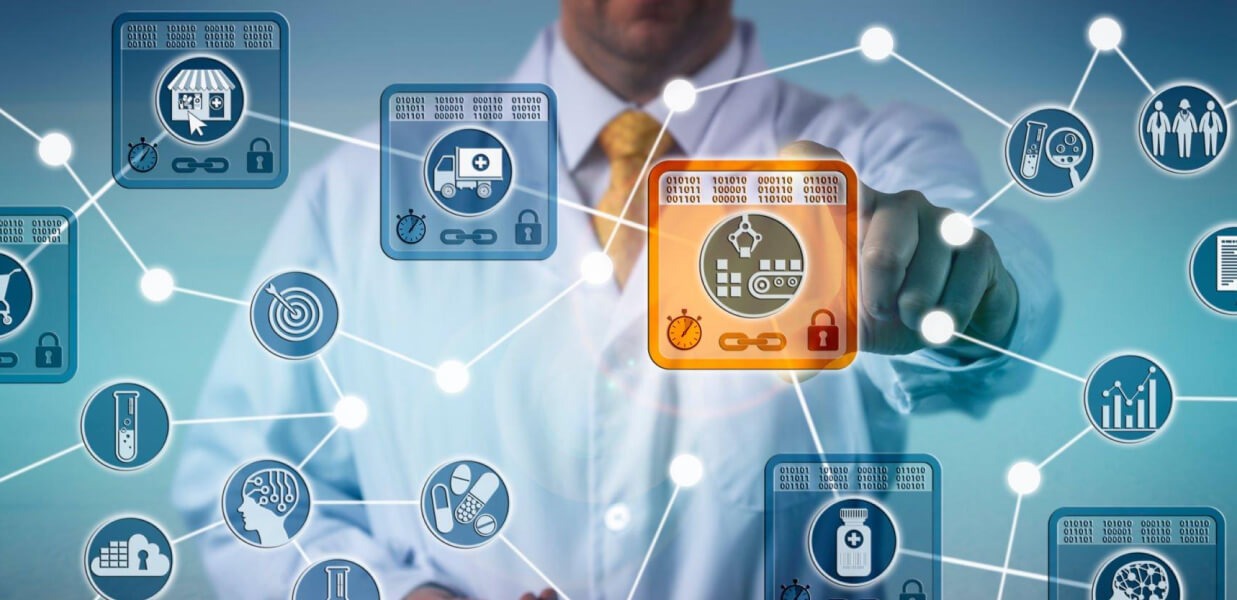Modern healthcare has witnessed a proliferation of software as a medical device and software in medical devices. They have become a vital part of healthcare and have touched every area of diagnosis and treatment. Software is driving incredible advancements in medical technology right from devices, standalone applications, mobile apps and web apps. Medical software enables a device to interact with the human body and measure blood sugar levels, monitor heart rate and dispense medication. Such functionalities help to make quick and accurate diagnosis.
Medical devices previously wired to main applications are today capable of communicating wirelessly by Bluetooth or over the internet. They can exchange data with computers, tablets, smart phones and other medical devices either in real time or asynchronously.
Medical device software development has taken on a very important role with the increasing complexity and connectivity of medical devices. It is also a fact that software has been the leading cause of device failures and recalls. A medical device must be one that, fulfils its intended purpose and most importantly is safe and meets all regulatory compliance.
New regulations seek to increase medical device safety and effectiveness particularly with regard to software. The international standard IEC 62304 – medical device software – software life cycle processes is a standard which specifies life cycle requirements for the development of medical software and software within medical devices. The software development process includes
Quality management and risk management are necessary for safe medical device software. Risk Management of software analyses changes to medical device software with respect to safety.
Risk management is the systematic approach to recognize, analyze, assess, control and monitor these product risks. ISO 14971 describes such risk management approach for medical devices and is broadly accepted as fundamental standard for medical device development.
Software Development Lifecycle (SDLC) tools facilitate the development process and also seamlessly provide compliance. However, regulations require that support and troubleshooting continue throughout the life of the software in use. Application Lifecycle Management (ALM) on the other hand continues to help you support and resolve issues you encounter with your software even after it is out of development.
An ALM gives you all the facilities you need in one integrated software solution enabling multiple teams to work on the product without the risk of negatively impacting other work. ALM allows you to work more efficiently and makes communication and collaboration much easier to achieve. It includes the following features:
Requirement and traceability management: Identify the client’s demand and build devices based on it. Clients can adapt to the changes instantly and keep full traceability to other engineering artefacts in case of any change made to a requirement.
Design and development: System engineers and software developers can easily communicate and collaborate and enable them to prototype, simulate and execute product designs for early validation.
Change management: Track and effectively manage the change requests from various sources and ensure that the change is analysed, reviewed, and confirmed before approval for implementation.
Testing and quality management: Testing is the process of product verification and validation while Quality management help decision-makers and team to ensure effective communication for test planning, test construction and execution, workflow control, tracking and metrics reporting throughout the development cycle. This helps the manufacturers to report and fix errors easily.
Conclusion
ALM solutions for medical devices allows you to simplify, streamline and automate development processes which reduce costs, saves time, and increase the product quality while keeping compliance with regulatory standards. This ensures the development of software faster by bringing in agility and scalability in delivery processes.
MicroGenesis with over 20+ years of ALM experience combined with its ISO 13485 certification has been providing complete medical software development services to its customers to meet regulatory compliance.




